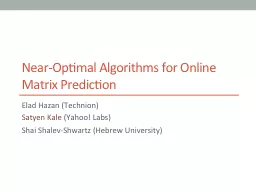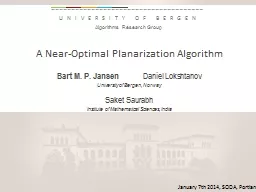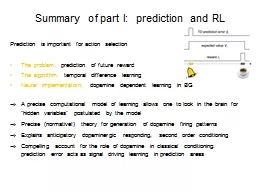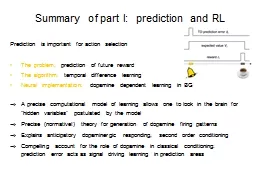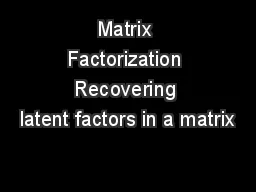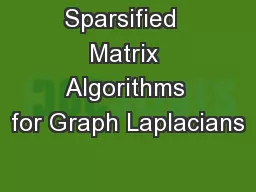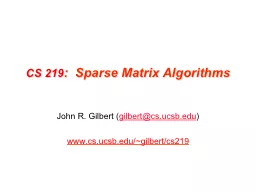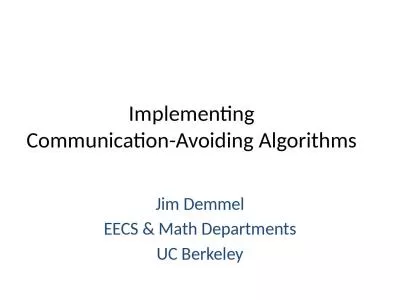PPT-Near-Optimal Algorithms for Online Matrix Prediction
Author : lois-ondreau | Published Date : 2016-03-16
Elad Hazan Technion Satyen Kale Yahoo Labs Shai ShalevShwartz Hebrew University Three Prediction Problems I Online Collaborative Filtering Users 1 2 m Movies
Presentation Embed Code
Download Presentation
Download Presentation The PPT/PDF document "Near-Optimal Algorithms for Online Matri..." is the property of its rightful owner. Permission is granted to download and print the materials on this website for personal, non-commercial use only, and to display it on your personal computer provided you do not modify the materials and that you retain all copyright notices contained in the materials. By downloading content from our website, you accept the terms of this agreement.
Near-Optimal Algorithms for Online Matrix Prediction: Transcript
Download Rules Of Document
"Near-Optimal Algorithms for Online Matrix Prediction"The content belongs to its owner. You may download and print it for personal use, without modification, and keep all copyright notices. By downloading, you agree to these terms.
Related Documents

